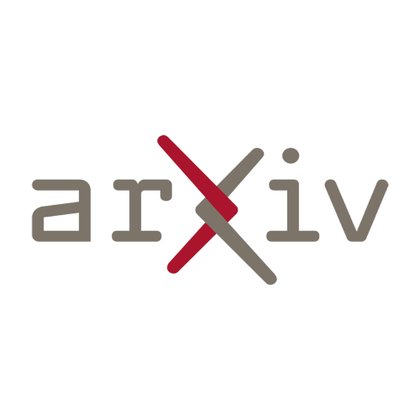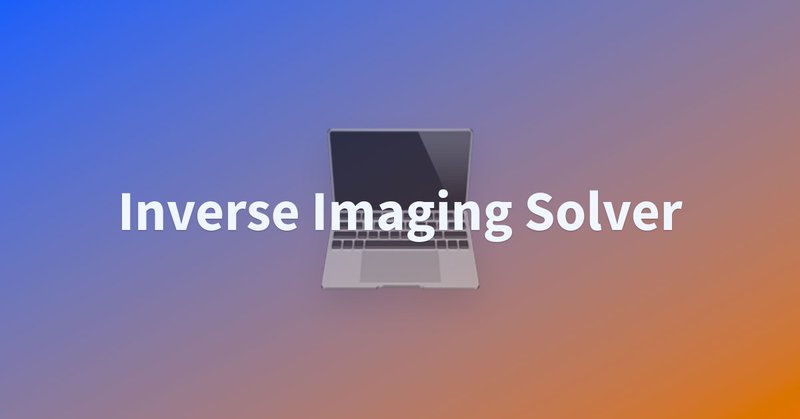
Matthieu Terris
@MatthieuTerris
Followers
193
Following
871
Media
11
Statuses
74
building https://t.co/vq0SKxwF3Z
Paris
Joined February 2011
As a summary, don't forget to degrade your images before applying a restoration model 😁 For more details, come chat with me in Nashville!. Last but not least, this is joint work with Thomas Moreau and @ukmlv 🫡. Paper: Code: next week!.
arxiv.org
Selecting an appropriate prior to compensate for information loss due to the measurement operator is a fundamental challenge in imaging inverse problems. Implicit priors based on denoising neural...
0
0
3
This observation echoes recent works that proposed using other priors than denoisers, e.g. DPR and ShARP from @YuyangHu_666 et al., but also SNORE from M. Renaud. Yet, we obtain a different Tweedie formula, suggesting composing the restoration prior with its assoc. degradation.
1
0
2
RT @TachellaJulian: I'll be in Singapore this week for #ICLR2025, presenting "UNSURE: self-supervised learning with Unknown Noise level and….
0
9
0
🧵 What if a single UNet could solve all inverse problems?.In our latest preprint with @HuraultSamuel, Maxime Song, and @TachellaJulian, we build a single multitask UNet for computational imaging — and show it generalizes surprisingly well 👇.
4
4
22
RT @TachellaJulian: 🚢🚢 deepinv v0.3.0 is here, with many new features! 🚢 🚢. Our passionate team of contributors keeps shipping more excitin….
0
4
0
RT @tobias_liaudat: ⚡ Last days to apply for this exciting project to make significant contributions to space-based telescopes like Euclid….
0
2
0
RT @TachellaJulian: 🚀 Do you want to learn about self-supervised learning for inverse problems? . ▶️ Check out the 3-hour tutorial present….
youtube.com
Tutorial by Julián Tachella (CNRS, ENS Lyon) & Mike Davies (University of Edinburgh) given at the University of Edinburgh, February 2025.I. "Introduction"II....
0
6
0
RT @ukmlv: “Typical priors: ‘This image looks natural.’. FiRE🔥priors: ‘This image survives degradation + restoration.’. Our CVPR 2025 paper….
0
8
0










